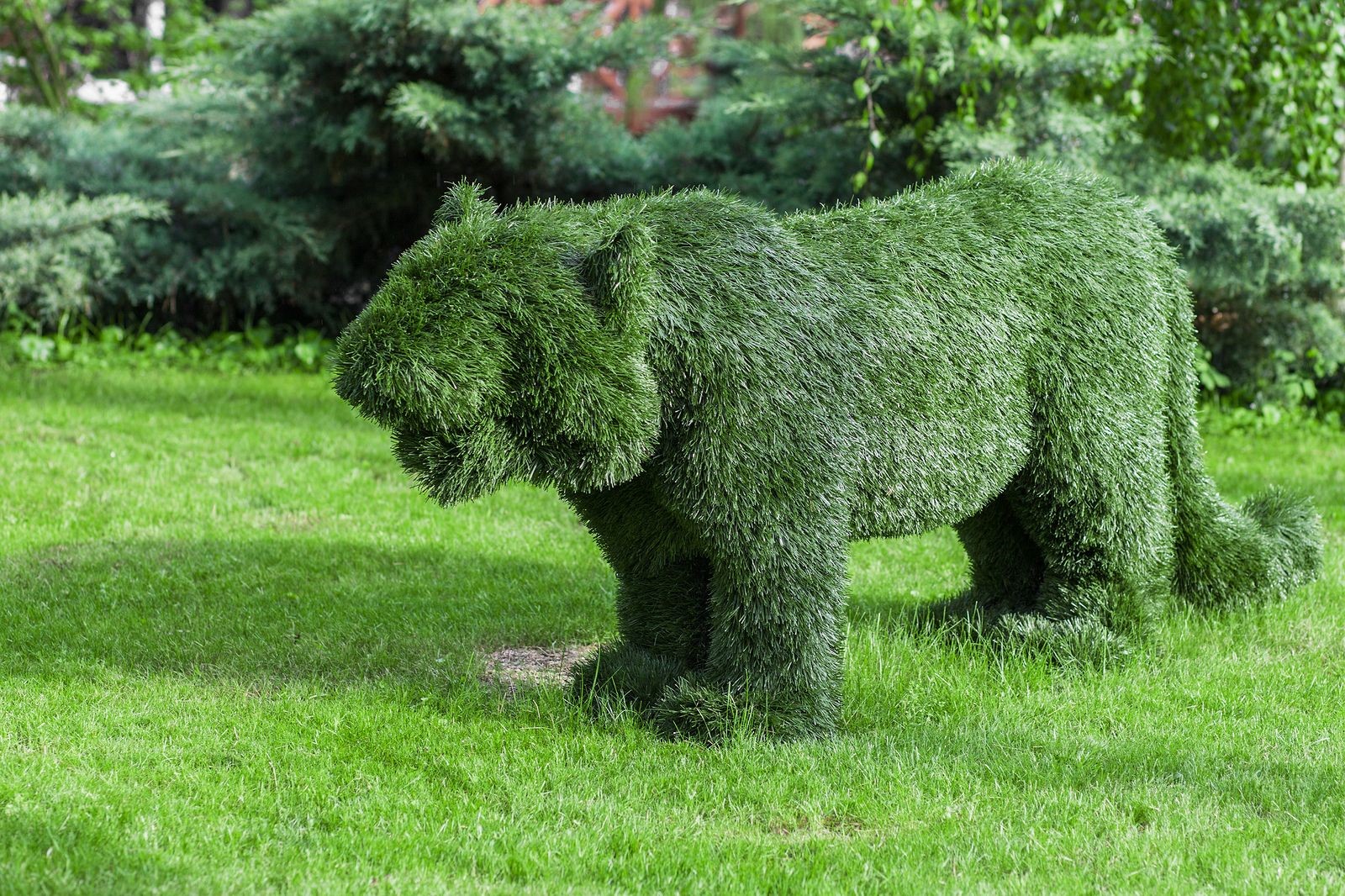Landscaping Experts Offer Professional Tips for Picking the Right Topiary for Your Home
Landscaping is an art that requires masterful crafting of different design elements to match your home’s unique features. That, however, is a challenge all on its own. While some people choose to go with a conventional, commonplace look, many others are starting to want something more. Adding a topiary or two is an excellent way to give your garden a more dramatic flair.
An experienced topiary and landscaping expert knows all-too-well that picking the right topiary is crucial to help accentuate and give character to your outdoor space. Here are some top tips for picking one out that’s right for you.

Pick the Location of Your Topiary Wisely
Is your topiary going to be placed near your front door, on your deck or patio, by your pool, or in the middle of your yard? You’ll need to figure this out in the very beginning, because the placement of your topiary can affect the specific material and style that you end up choosing. It can also affect whether you decide to have your topiary in a pot of some kind or not.
For example, if your topiary is going to be on your deck, you’re going to have to choose one that’s in a planter. If your topiary is going to be in the middle of your front yard, you have options, including the choice to plant it right into the ground.
Some Differences between Potted and Earth Grown Topiaries
A topiary grown in a pot will require more watering, especially during the summer, and more root protection during the winter or fall. There are also some specifics you’ll want to be aware of when watering your topiary. It will also require more fertilization, early on, before it’s completely rooted, but both potted and earth grown topiaries will require fertilization of some kind during this time.
Choosing the Type of Tree, Shrub, Herb, or Vine for Your Topiary
While it’s true that topiary work can be done on most kinds of trees or shrubs, there are certain types that are much more suitable than others. First off, you want your tree or shrub type to be evergreen, because you want foliage on it all year round. The most common types of trees or shrubs for topiaries are arborvitae, bay laurel, holly, myrtle, yew, privet, and boxwood, with boxwood being the most popular of the lot. These trees and shrubs produce denser foliage with smaller leaves, have good growing habits, and are compact. These are all desirable traits for topiaries. Hollies, yews, arborvitae, and Alberta spruce make good choices for taller formations while the rest are good for hedges and groupings.
If you want something smaller for an herb garden, or the like, herbal topiaries are a good choice. These are best made with smaller, dense foliage herbs like lavender, thyme, and rosemary. A good selection for medium sized topiaries or very complicated topiaries might be a vine type of plant. When choosing a vine topiary, the possibilities for creating unusual shapes or forms is unlimited, because the vine is grown over the desired form or shape.
Picking the Right Container for Your Potted Topiary
If you know you’re going to choose a potted topiary, then your next decision is what kind of pot to it put in. Concrete and terra cotta pots will absorb more moisture, which might lead to a cracked pot in parts where freezing takes place during winter. You can wrap these kinds of pots in plastic-lined burlap or bubble wrap to prevent this or you can go for a more winter-durable pot, such as, one made out of lead, heavy plastic and stone, fiberglass, or iron.
If you’re looking to include topiaries in your yard, you might want to consult landscaping professionals like the ones at River Oaks Plant House. You can save a lot of time, stress, and money this way.
Sources
How to Water a Topiary, sfgate.com
Herb Topiaries:Creating Living Sculptures in Pots, motherearthliving.com
